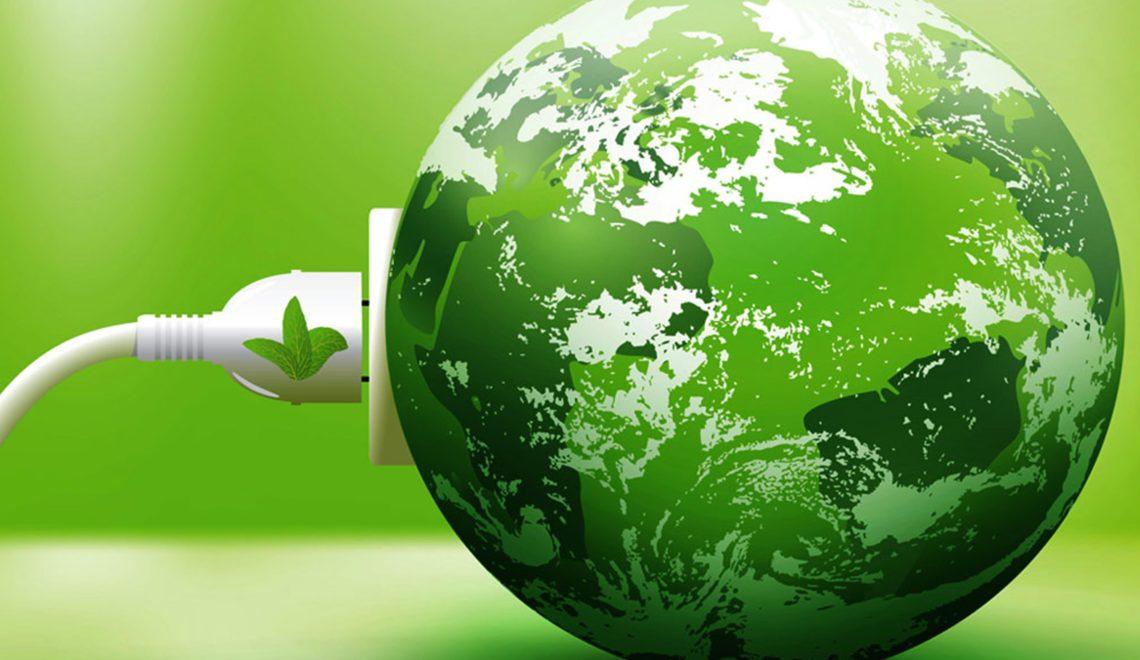In Short : The carbon removal sector is experiencing robust growth driven by increasing corporate demand. As companies focus on achieving net-zero targets, there’s a growing interest in investing in technologies and projects that remove carbon dioxide from the atmosphere. This trend underscores the crucial role of carbon removal in mitigating climate change and meeting sustainability goals.
In Detail : Corporate demand for “durable” offsets has carbon removal advocates optimistic that pulling CO2 from the sky will get cheaper despite the seeming unprofitability of such technologies.
Looking back at a year of growth for carbon dioxide removal (CDR), experts in the public and private sectors expressed hope at a Washington, DC, event on Feb. 8 that the voluntary market would drive down costs.
Purchases of CDR credits grew from about 615,000 metric tons’ worth in 2022 to more than seven times that amount in 2023, according to industry tracker CDR.fyi. Each credit represents the capture and storage of CO2 for at least 100 years.
Nearly 3 million of the 4.5 million metric tons sold in 2023 were purchased in two transactions by Microsoft Corp.
Meanwhile, more than 5,000 companies have committed to reaching net-zero greenhouse gas emissions by midcentury, according to Noah Deich, the US Energy Department’s deputy assistant secretary of carbon management. “So there’s this huge potential untapped market in that voluntary world for buying CDR today,” Deich said at the event hosted by think tank Bipartisan Policy Center.
Bending the cost curve
The DOE has set a goal to bring the cost of CDR below $100 per metric ton by the early 2030s. Currently, technologies like direct air capture can cost more than $500 per metric ton of CO2 captured and permanently buried, according to CDR.fyi and other industry watchers.
Companies seeking to meet net-zero targets may also purchase cheaper credits, often in the single digits, generated by activities like planting trees.
Nonetheless, a few corporations have shown early demand for more expensive forms of carbon removal, which CDR advocates say are more likely to have a meaningful impact on the climate.
The largest transaction to date was announced in May 2023 between Microsoft and Ørsted A/S for the removal of 2.67 million metric tons of CO2 by burning biomass and burying the carbon emissions. Later that year, Microsoft purchased offsets for another 315,000 metric tons from Heirloom Carbon Technologies Inc., a direct air capture developer.
“Microsoft is doing this voluntarily,” Xan Fishman, senior director of the Bipartisan Policy Center’s energy program, said during a panel discussion. “There’s no compelling government reason, compliance reason, legal reason why [the company] had to buy that.”
In 2020, Microsoft set a goal to become carbon-negative by the end of the decade. By 2050, the software company seeks to offset all of its direct and indirect CO2 emissions dating back to its founding in 1975.
In addition to buying carbon offsets, Microsoft has invested in vendors including Heirloom.
“We’re trying to send a long-term market signal to folks,” Brianne Miller, senior director of government affairs with Microsoft, said on Feb. 8. “That’s demonstrated in our willingness to sign long-term offtake agreements.”
Miller added that the purchase agreements also allow Microsoft to shape criteria for the voluntary carbon market.
“We want people to come along with us,” Miller said. “It’s about quality, not quantity.”
So far, no company has come close to Microsoft in pledged purchases, according to CDR.fyi. But in September 2023, Amazon.com Inc. tapped Occidental Petroleum Corp. to remove 250,000 metric tons of CO2 at the oil producer’s inaugural direct air capture facility, which is under construction in Texas’ Permian Basin.
Speaking from the sellers’ perspective, Michael Avery, president of Occidental subsidiary 1PointFive Inc., said the market is “gaining traction” for projects like the Texas facility.
“That’s very encouraging,” Avery said. Referring to future projects, “the market demand side is going to be really important. I worry less about it for a single plant, but again, we’re trying to think big picture here.”

